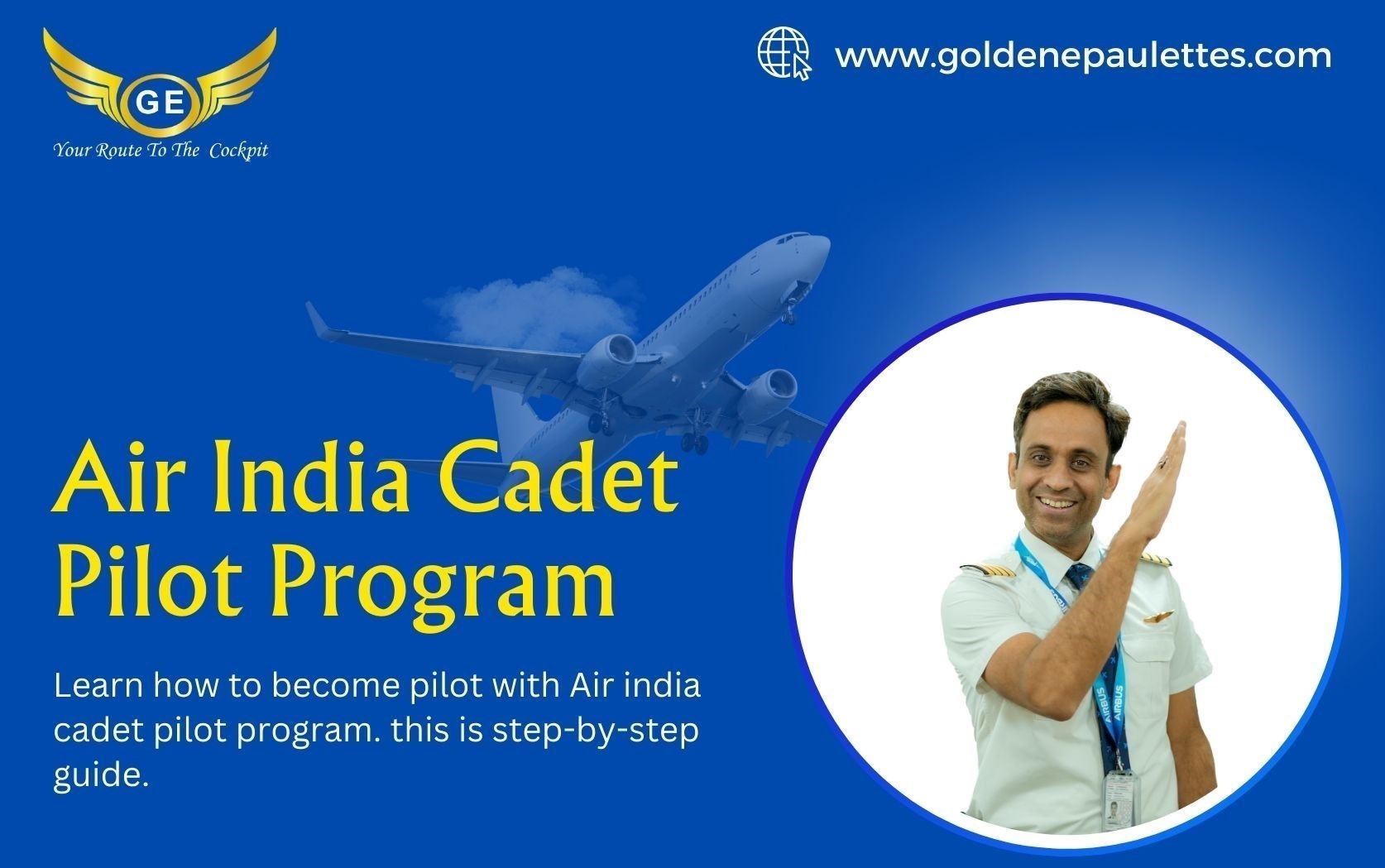How to prepare for the entrance exams of the Air India Cadet Pilot Program

Strong 8k brings an ultra-HD IPTV experience to your living room and your pocket.
Introduction: Why preparation matters
The aviation industry is one of the most disciplined and technical sectors in the world. Naturally, getting selected into a prestigious initiative like the Air India Cadet Pilot Program isn’t a walk in the park. The entrance process is competitive and thorough, designed to select individuals with the right mix of academic knowledge, aptitude, communication skills, and psychological readiness.
Preparing smartly for this exam is the first major milestone in your pilot journey—and the way you approach it can make all the difference.
Understanding the selection stages
The Air India Cadet Pilot Program typically involves a multi-stage selection process that evaluates both your mental and physical abilities. Here's a breakdown of what to expect:
Written exam – Questions based on Class 12-level Physics, Math, and English.
Aptitude & psychometric test – Computer-based assessments that evaluate your hand-eye coordination, spatial awareness, multitasking ability, memory, and logical thinking.
Personal interview – A one-on-one or panel interview focused on your motivation, background, aviation knowledge, and communication skills.
DGCA Class 1 Medical Examination – A comprehensive health check-up to ensure you're medically fit to train and eventually operate a commercial aircraft.
Knowing these stages in advance helps you strategize and allocate your time wisely.
Step 1: Build strong fundamentals in physics and mathematics
The written exam is not difficult in terms of syllabus—it generally covers 10+2 level questions. However, speed and accuracy matter. Candidates must be especially comfortable with:
Kinematics, Newton’s laws, work & energy, and thermodynamics in Physics
Trigonometry, algebra, time & distance, probability, and statistics in Mathematics
Work through sample papers and mock tests regularly. Identify weak areas early and focus your revision accordingly. Time-bound practice will help you avoid silly mistakes during the actual test.
Step 2: Practice aptitude & psychometric skills
These tests are designed to assess your mental reflexes, decision-making under pressure, and multitasking—key qualities in a future pilot.
Some of the most common aptitude areas tested include:
Joystick and tracking exercises
Memory retention and recall
Radar and instrument scanning
Mental rotation and spatial visualization
There are several online simulators available to help you practice these exercises. The goal is to develop muscle memory and mental coordination. Doing this regularly—even just 20–30 minutes per day—can drastically improve your performance.
Step 3: Prepare for the interview
Once you clear the academic and aptitude rounds, you will face an interview panel. This stage is your chance to show your motivation, passion for aviation, and maturity.
Typical interview questions may include:
Why do you want to become a pilot?
What do you know about Air India and this cadet program?
How do you handle stress or high-pressure situations?
How do you manage teamwork and leadership roles?
To prepare:
Research aviation industry basics: how airlines operate, ATC roles, airspace classes, etc.
Practice mock interviews with friends, mentors, or online training support.
Keep your answers clear, honest, and structured. Avoid memorized responses—they often sound robotic.
Confidence and clarity are key.
Step 4: Prioritize your health for the Class 1 medical
Many candidates ignore medical fitness until the end—but this is risky. Without clearing the DGCA Class 1 medical exam, you cannot proceed with pilot training. Start early by:
Booking a Class 2 medical check-up as a trial
Maintaining a healthy BMI
Avoiding alcohol and smoking
Managing sleep, hydration, and stress
The exam tests your eyesight, hearing, heart function, blood pressure, mental health, and more. If you have any known conditions, consult a DGCA-certified aviation medical examiner in advance.
Bonus tip: Enroll in a preparatory course
Given the complexity of the selection process, many aspirants choose to join coaching programs that specialize in cadet pilot preparation. These courses often provide:
Live mock tests
Psychometric training tools
Interview coaching
Doubt-clearing sessions
Guidance on documentation and application
The Air India Cadet Pilot Program is highly competitive, and enrolling in expert-led preparation can provide a strategic edge.
Final thoughts: Prepare, perform, and pursue your pilot dream
Securing a spot in the Air India Cadet Pilot Program is the gateway to a stable, prestigious aviation career. But success doesn’t happen by chance—it comes from focused preparation, strong fundamentals, and strategic practice.
Each stage of the entrance process evaluates different aspects of your personality and intellect. If you start early, stay disciplined, and prepare holistically, your chances of selection multiply significantly.
Whether it's mastering a joystick during a simulator test or confidently answering a question in your interview, every step counts. The sky may not have limits, but your journey into it must be planned with clarity and commitment.
Note: IndiBlogHub features both user-submitted and editorial content. We do not verify third-party contributions. Read our Disclaimer and Privacy Policyfor details.






